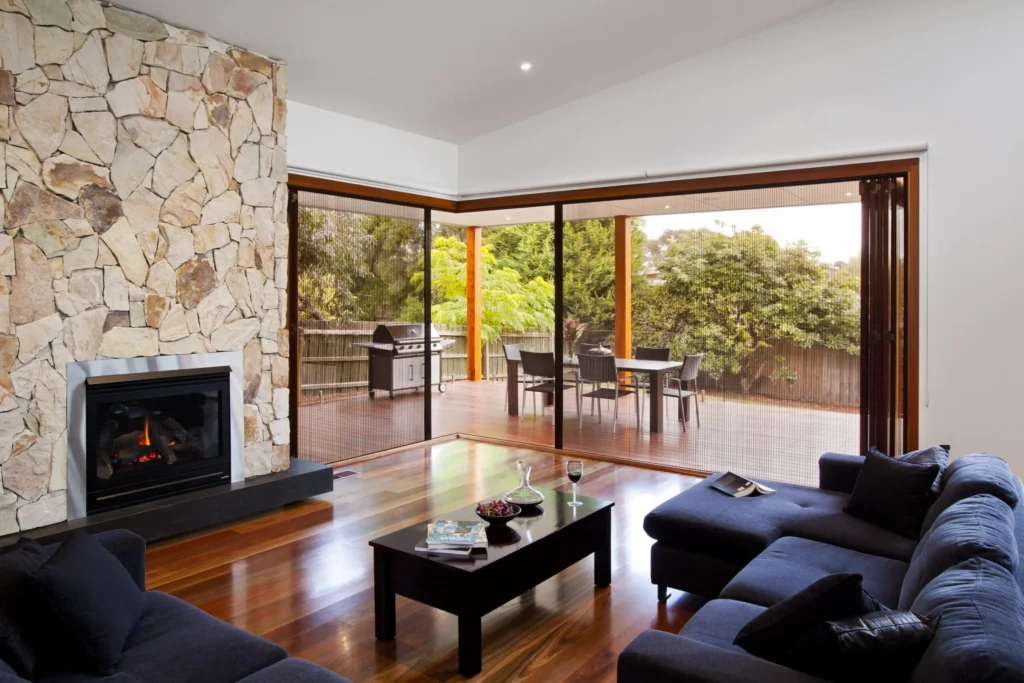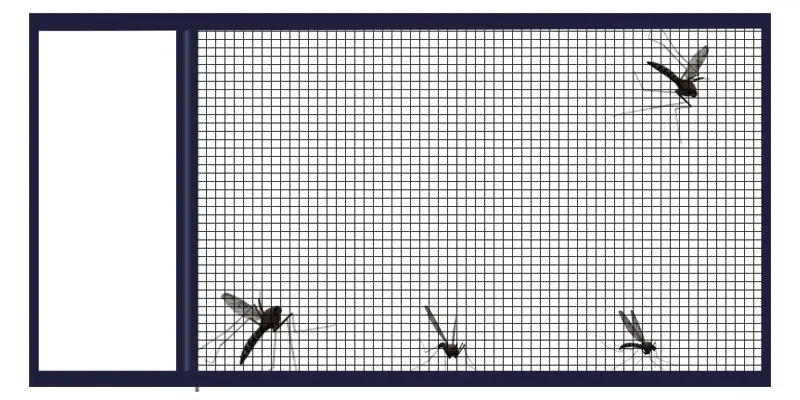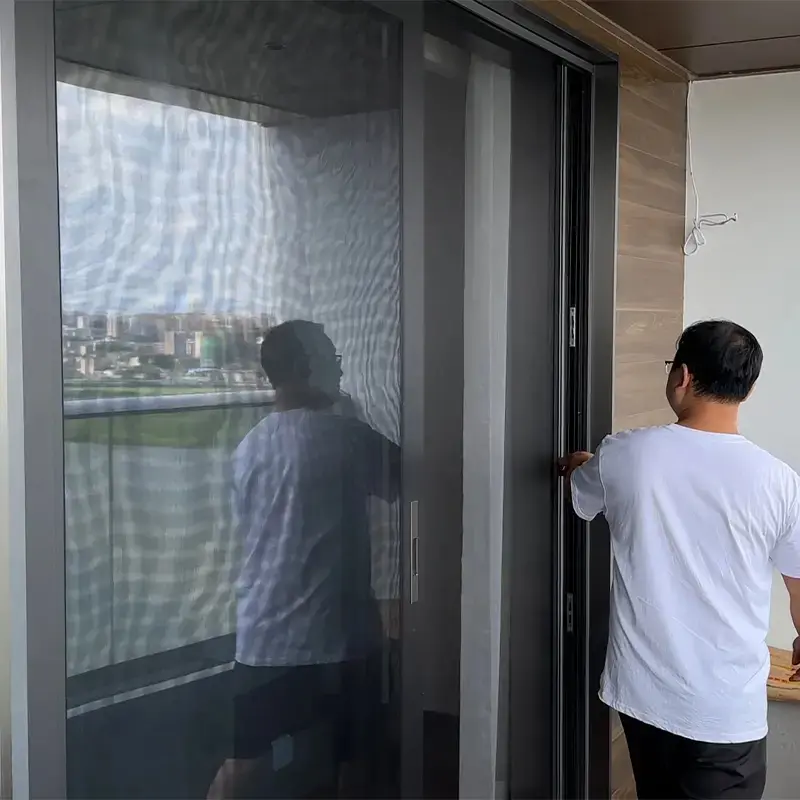
1. Consider your family's needs
First, determining your family’s specific needs is key to choosing an insect screen. Consider the following aspects:
Protection effect: The main function of an insect screen is to prevent insects from entering the room. According to the insect species and seasonality in your area, choose a screen that can effectively block mosquitoes, flies and other pests.
Ventilation and light: Insect screens should not only be able to prevent insects, but also maintain good ventilation and light penetration. Make sure the selected material and design will not affect indoor air circulation and lighting effects.
2. Choose the right material
The material choice of insect screen directly affects its durability and functionality. Common insect screen materials include:
Aluminum mesh: Lightweight and durable, suitable for long-term use.
Fiberglass mesh: Not easy to fade and deform, with good light transmittance and anti-aging ability.
Polyester mesh: Lightweight, easy to clean, suitable for year-round use.
Choose the most suitable material type and specifications according to the specific needs and budget of the family.

3. Consider installation and maintenance
In addition to choosing the right materials, installation and maintenance of insect screens are also key factors. Make sure the insect screen is installed in a way that matches the window or door frame to ensure a safe seal and effective insect protection. Clean the insect screen regularly and check for any damage or parts that need to be replaced.
Conclusion
Choosing an insect screen for your home is an important decision that requires a combination of factors. It is recommended that you choose an insect screen that is easy to maintain and install, and at the same time combines the needs of home use. Insect screen systems made of aluminum alloy and polyester fiber mesh are good choices.





